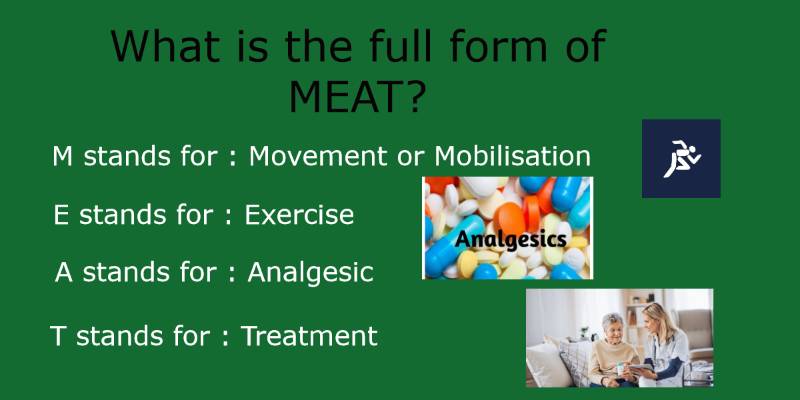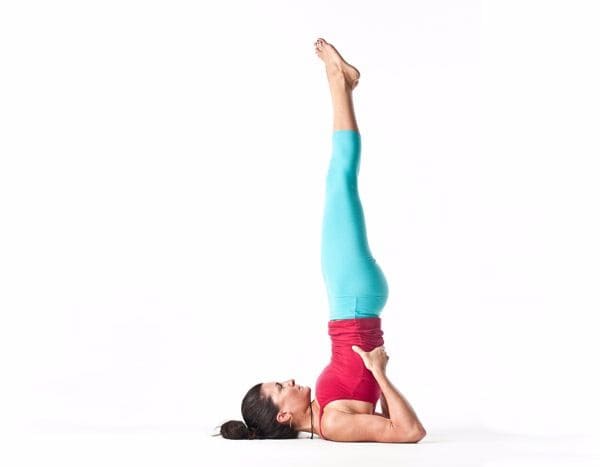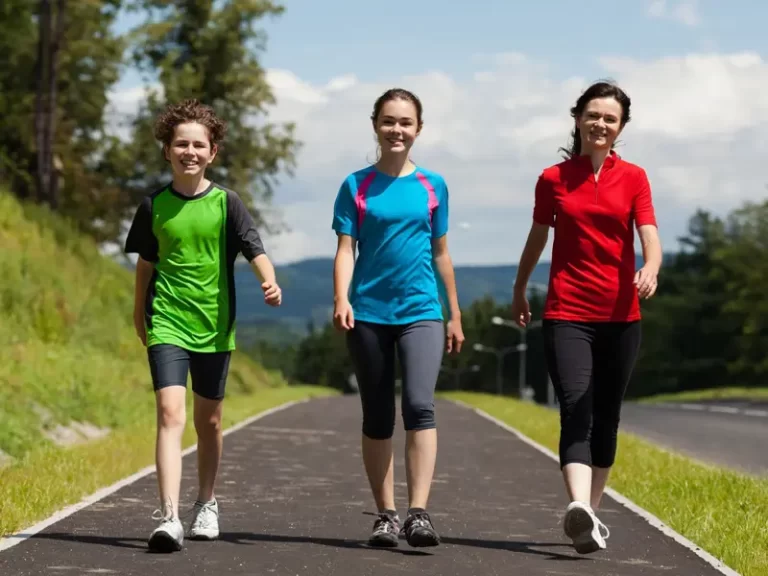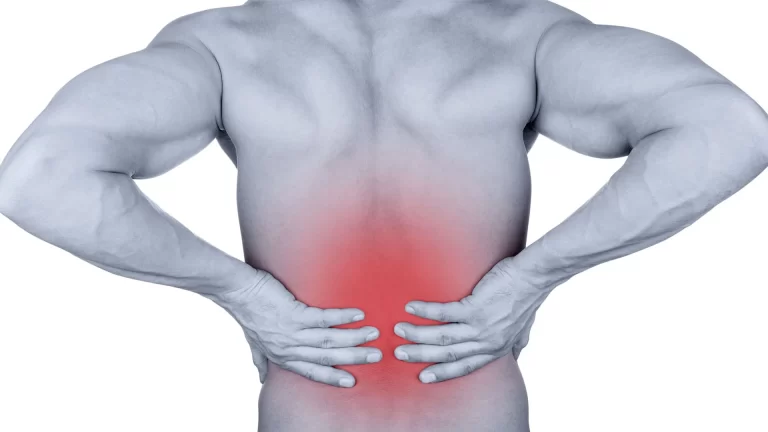MEAT Principle For Soft Tissue Injuries:
Table of Contents
An Overview of the MEAT Principle:
- IMEAT Principle is based on the concept of pain-free movement in surrounding structures as well as injured structures.
- It shows the importance of maintaining the range of motion of the affected joint and the strength of muscles surrounding the joint.
- It will help to increase the recovery rate and prevent instability post-injury.
What do you mean by soft tissue injuries?
- In our body anatomical structures like Ligaments, muscles, capsules, fascia, Or bursa all are considered soft tissues.
- Due to some specific mechanism, these anatomical structures may get injured.
- So the structures are impaired by the injury and they limit their routine or normal function.
What does MEAT Stand for? or
What is the full form of MEAT?
- M stands for Movement or Mobilisation
- E stands for: Exercise
- A stands for Analgesic
- T stands for Treatment.
Here, all of them are described in detail.
Mobilization or Movement:
- Movement can produce mechanical forces sufficient to produce stretch and disrupt the healing process.
- It is the way to achieve early but safe mobilization is only done by protected mobilization.
- Application of movement will prevent stiffness, will help to maintain muscle strength, and improve the nourishment of articular cartilage.
- Mobilization should be used at optimal levels with the appropriate grade, range, force, direction, speed, and duration to achieve a specific treatment aim.
- It is required for each stage of the healing procedure.
For example:
- Application of Transverse friction :
- It will prevent or reverse the connective tissue changes that occur due to the previous period of immobilization.
- After an injury the non–injured structures are allowed to move.
For example:
- In MCL strain cases the knee brace will prevent valgus strain.
- But the non-injured structures are allowed to move safely.
- So the application of mobilization with some protection is always better than complete immobilization.
- Early mobilization in patients with acute limb injuries like :
- Ankle sprain
- Stable fracture cases
- Surgical tendon repair
- Will decrease the amount of pain and swelling
- Will increase the functional activities.
- It will give more benefits in comparison with cast immobilization.
Exercise:
- Exercise is also a part of the treatment.
- Your doctor will prescribe an intentional exercise program according to your injury after doing a careful evaluation.
- So by following the Rehabilitation program, it will show greater results to regain functional activities.
What are the Benefits of exercise?
- It will increase the strength of the musculature surrounding the joint.
- Will also improve balance.
- It will also facilitate the recovery procedure.
- So as you feel the reduction in your amount of pain, you will be encouraged to increase the duration and intensity of the exercise by your doctor.
- So it will promote healing with avoidance of re-injury.
For example :
- If you have knee arthritis, your doctor will assess your condition and prescribe Exercises according to it.
- So it will help to regain functional activities.
Analgesic:
- It is the term used for pain-relieving medications such as NSAIDs.
- In some cases, your doctor will prescribe analgesics.
- So it will be best to consult your doctor to decide on the most appropriate medication for you.
- In some research, it is found that in chronic conditions, the use of analgesics and physiotherapy may give better results in a patient’s pain.
- So you may get early relief from your pain.
Treatment:
- After an injury, physiotherapy will give you relief from your pain for long durations.
- It includes a variety of treatment options according to your condition.
What are the Goals of physiotherapy Treatment?
- It will help to improve your joint mobility.
- It will increase the strength of muscles.
- Will also help to decrease your level of pain.
- It will help to make the patient functionally active.
Your physiotherapist will prescribe Exercise and modalities according to your present condition.
It is prescribed as :
Exercise Therapy
Electro-Therapy
Electro Therapy will include modalities for pain relief.
For example :
- Ultrasound
- Interferential therapy (IFT)
- Trance cutaneous electrical nerve stimulation or TENS.
Exercise Therapy will include exercises.
It includes the application of manual techniques.
For example :
- Active exercises
- Passive exercises
- Strengthening exercises
- Mobilisation techniques.
So the treatment protocols are prescribed according to your need.
What to avoid during the treatment of Soft tissue injuries?
For the period of the First 48 to 72 hours you need to avoid HARM :
HARM stands for :
- H : Heat
- A : Alcohol
- R : Running or activity
- M : Massage
Heat:
- You need to avoid the application of heat to the injured area.
- Because it will increase the blood flow and swelling in that area.
- It will lead to blood loss.
- So it will delay your healing process.
Alcohol:
- Consumption of alcohol will increase blood flow into your body by stimulating receptors.
- It can also make you unaware of your injury.
- So there are chances of recurrence of an injury.
Running or Activities:
- You need to stop doing activities in the affected region.
- So protect your injured structures until healing occurs.
Massage:
- Massage will promote an increase in the level of circulatory blood flow.
- If given in an early stage it can also increase the damage to soft tissue.






